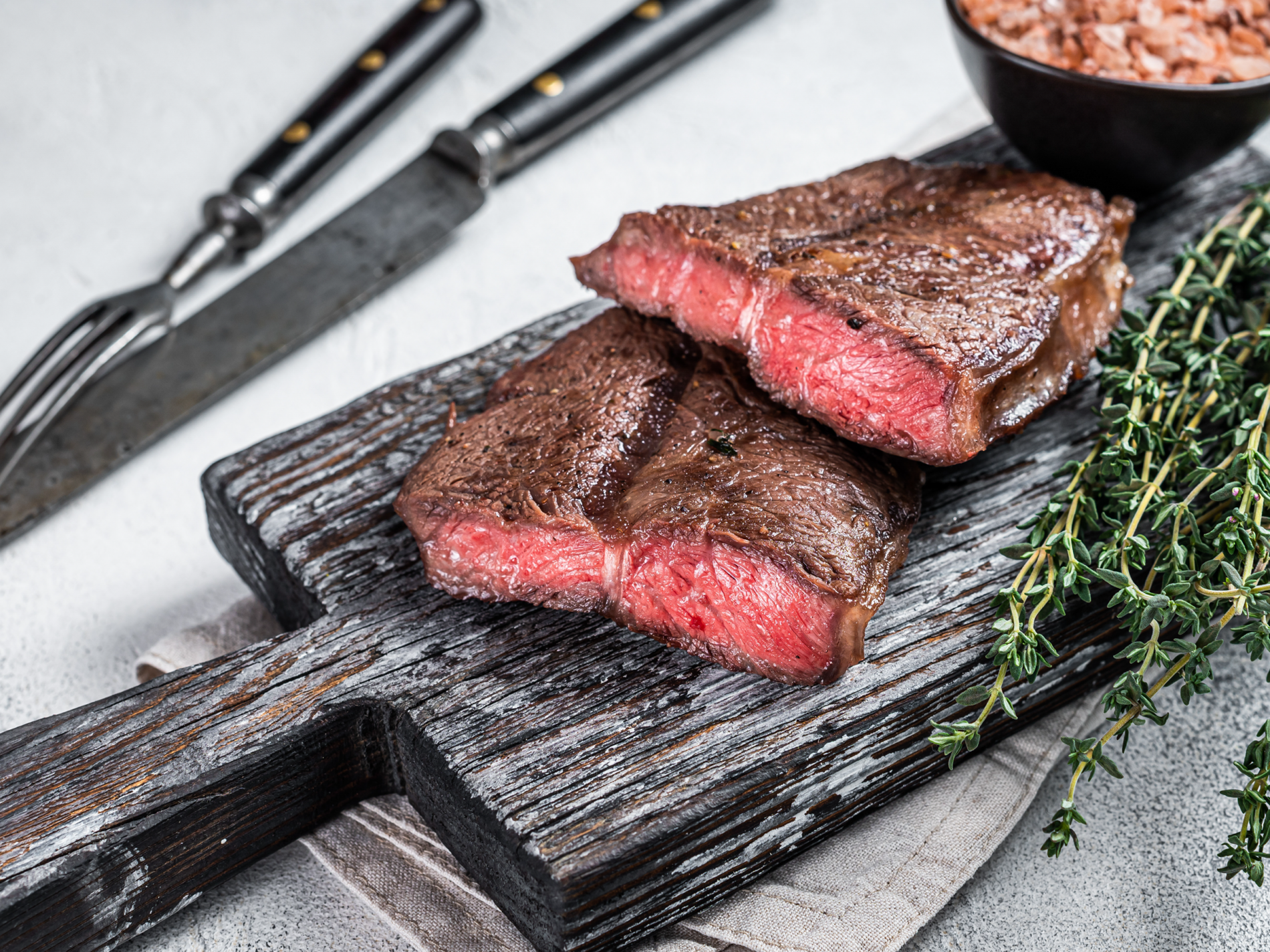Are you an avid meat lover? Then you might be familiar with the different varieties of cuts and the best methods of cooking them to perfection.
Grocery stores usually offer the same kind of cuts, but some can cost an arm and a leg. So why not go off the beaten track and visit a local butcher? He or she might have reserved something special for a fraction of the cost.
In general, the difference between cuts you get in a grocery store compared to those from a friendly butcher is both in the price and availability. Some cuts are so obscure that they don’t get to be sold as a mainstream consumer item. Instead, they get ground into minced beef because burgers sell well. So sometimes, the only place you will get these special cuts is from a butcher. He or she who deals with the whole animal, sectioning it into primal cuts.
In this article, we’ll mention some uncommon and underappreciated cuts. Good news: these rare cuts will not break your bank account – and taste wonderful if cooked in the correct way.
A close relative to tenderloin
Flat Iron Steak, or Blade Steak, is almost as tender as tenderloin. Despite being a relatively rare choice in restaurants and grocery stores, it has a fair amount of marbling. This cut further has a lot of flavours and a “beefy” taste. And it is a fantastic alternative to ribeye – but minus the price.
The flat iron comes from the shoulder of a cow, the area also known as the chuck. Its shape is rectangular and quite thick with a muscular structure.
You can marinate flat iron before cooking or use it interchangeably with flank steak or skirt. But it tastes great when grilled or pan-fried with some oil and salt. Just make sure the cooking surface is not extremely hot. This cut is usually thick and might burn too fast before it has a chance to cook through.
You are looking to cook it to a medium-rare level of doneness (60 °C / 135 F internal temperature). Rest cooked meat for 20 minutes and cut against the grain when serving.
An alternative to ribeye
Chuck Eye Steak is another alternative for ribeye and, again, a much cheaper one. That explains its informal name: “poor man’s ribeye”. It may be difficult to source as there are only two chuck eye steaks per cow.
Chuck’s eye comes from the chuck, the fifth rib, which is very close to where ribeye would be cut. This cut is great for roasts and other slow-cooking methods.
However, it can also be pan-fried or grilled. It just needs a liberal amount of salt and pepper for extra flavour. For the best result, the internal temperature for the chuck eye should be 62 °C / 145 F.
Another rare cut of only two per cow
Here is another unusual cut which is both tender and full of flavour if cooked correctly. It comes from the backbone above the rump and has quite an unusual appearance. Behold Oyster Steak, aka Spider Steak, aka Pope’s Eye.
The cut has fat striations on one side, resembling an oyster or a spider web. Again, there are just two of them from one animal. And it has good marbling and plenty of flavour and tenderness.
It’s a thin cut, so when pan-frying or grilling on very high heat, be fast. Otherwise, if overcooked, it will become chewy. Look for 55 °C / 130 F internal temperature for the best result. Once cooked, wrap it in foil and let it rest before serving.










What do you think?